The risks of incorrect home electrical installation
An electrical installation is a coherent set of electrical circuits and/or electrical equipment. This installation must comply with the regulations in force in the country.
In Australia, the AS / NZS 3000 Electrical Installations standard. It details the characteristics of electrical installations and the implementation rules. In other words, this standard is a bit your bible for you, electricians.

In addition, when an electrical installation is faulty, your customers may face multiple risks. Let's detail them together so that you can alert them and make them aware in order to reduce these dangers as much as possible.
The risks incurred in the event of incorrect electrical installation
Material risks
If an electrical installation is defective, the consequences that this can cause are:
- A power outage
- an electrocution
- short-circuit
- A fire
Yes, we agree, it does not make you dream!
Other risks
In addition to the risk of accidents, your customers may also be refused coverage of the claim by the insurance or have their indemnity reduced if the origin of the accident is due to a faulty electrical installation.
On the other hand, the owner of the apartment or the house is criminally and civilly liable for the damage caused by the defective electrical installation. In some cases, he may be prosecuted for endangering the life of others.
Precautionary measures that can be taken
Check the electrical installation
First of all, do not repair a defective fuse with a copper or metal wire. It is better to replace it directly with a new one.
In a second step, it is necessary to connect as few household appliances as possible on the same electrical circuit. To know the number of devices that can be connected, you need to know the maximum intensity of the electrical circuits in each room. It is also necessary to look at the associated circuit breaker as well as the sockets. For example, do not connect a device requiring a 32A socket to a 16A socket and vice versa.
Finally, it is recommended, for example, not to start a dishwasher, a washing machine, and a dryer at the same time on the same circuit. These are power-hungry devices that could cause an electrical overload.
Check power outlets
In the event of defective elements, they must be replaced. On the other hand, alert your customers to the dangers associated with the use of power strips.
Indeed, the first risk is overheating. If there is an accumulation of devices connected to the same place, this can cause an overcurrent that can generate an electrical fire. It is also necessary to keep your power strip clean and in good condition because a deposit of grease can hinder its proper functioning.
A good practice to follow is to have a secure model with an on/off switch to turn off the connected devices during an absence. This is something to add to the to-do list “before going on vacation”.
Your customers can also equip themselves with multi-outlet models equipped with a resettable circuit breaker to avoid overvoltages.
Pay attention to electrical wires
Electrical wires carry power throughout the home. The conductors are, they are made of copper and covered with colored plastic. The color indicates the type of wire (phase, neutral, or earth). hire a professional electrician to do the repairs Contact SCS Group property services and Electrical at 1300 66 46 47
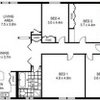
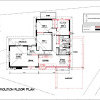
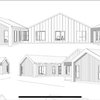
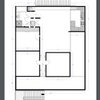
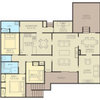
Related Discussions
Experience with Solar Heaters?
Q
Owner builder worth the headache?
Q
Pressed Tin Splashback- paint or powder coat?
Q
Need some creative help for my floor plans please
Q